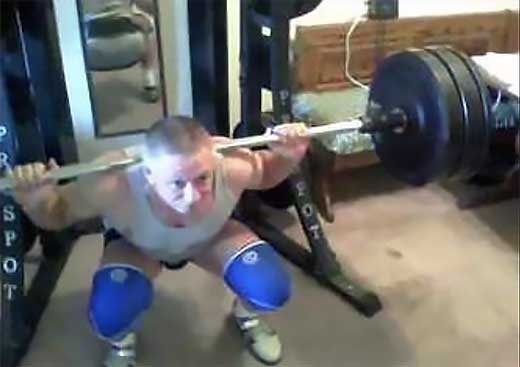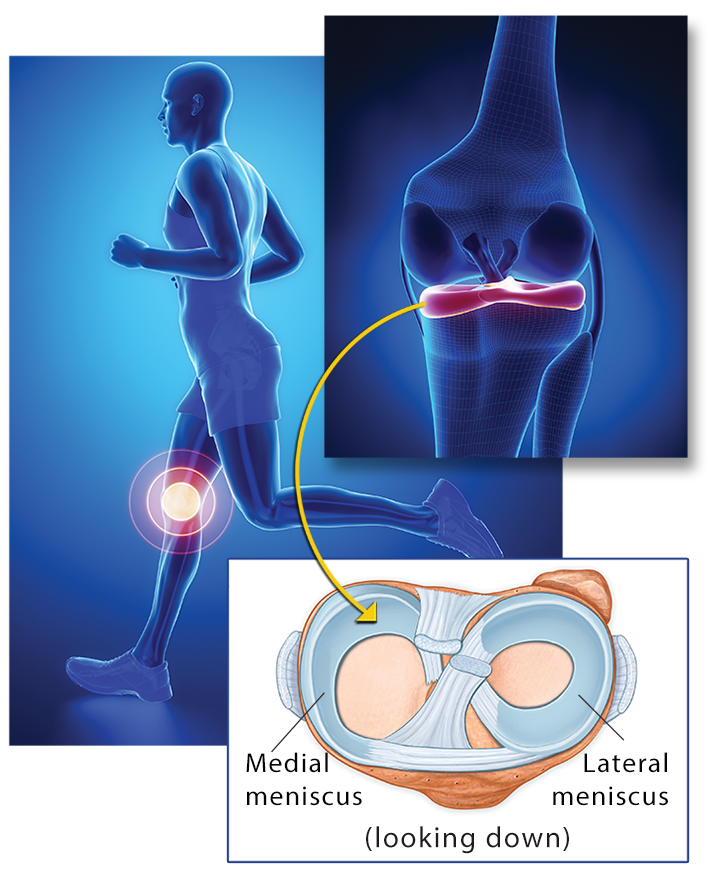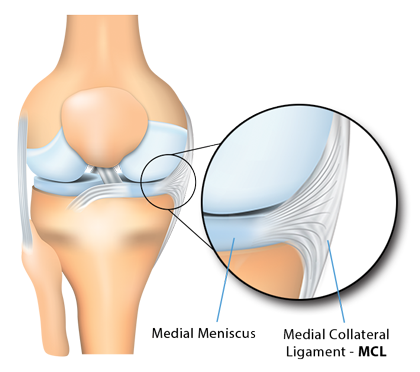Case Report: Lifetime Bodybuilder

At age 26, I underwent ACL (anterior cruciate ligament) reconstruction knee surgery for an injury sustained during a gymnastics training session. After two years of rehab, I was able to return to gymnastics competition for a couple more years. I then took a 14-year hiatus, returning to weightlifting and fitness training at age 44. When I started training again, it became clear that there was something wrong with my knee. I was told I suffered from patellar Tendinitis due in part to the surgical technique used in my ACL operation years earlier, which utilized the central portion of my patellar tendon as the replacement for the ACL (modified Jones technique). This Tendinitis became worse as I continued to train, and I developed compensatory additional joint pain and symptoms, primarily in the iliotibial band and its attachments around my knee.
One day, I was squatting 400 pounds and my knee wobbled. There was no immediate pain, and I was able to rack the bar, but two weeks later, while on the leg press, after just two repetitions with a moderate weight, I felt a sharp pain on the outside of the right knee and heard a loud snap. From that point on, my right knee continued to suffer, and my leg started to get progressively weaker. After a year of trying rest and rehab, it was no better.
I had heard of Prolotherapy and finally decided to give it a try; after all, I had very little to lose. At that point, I was not able to do the sport I loved and had tried everything else. Since seeing Dr. Alderman and receiving Prolotherapy, my knee has gotten progressively better. She began conservatively with a few Dextrose Prolotherapy treatments, followed by three PRP Prolotherapy treatments, and then one Biocellular (Stem Cell–Rich) Prolotherapy treatment using my fat as the source of cells. So in case anyone asks, yes, I have had liposuction!
My knee has made steady progress and continues to be good, pain free, and stable over three years since my last treatment. I just recently squatted 400 pounds with no problems. That was my touchstone to know if my knee had been rehabilitated. I would say to anyone who asks that it has! I am very grateful.
Barry Taft
Lifetime Bodybuilder

